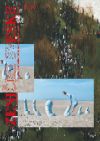

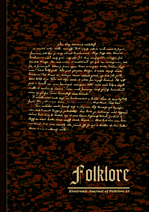

Keywords: in memoriam; Marin Buble
This is a short in-memoriam article to professor emeritus Marin Buble, late Editor-in-Chief of Management - Journal of Contemporary Management Issues.
More...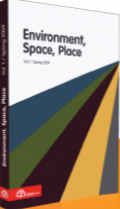
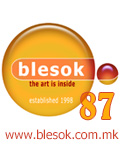
contents of studia Negotia 1/2005
More...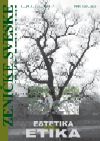
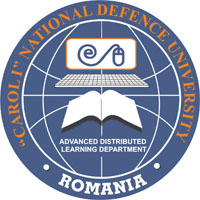
Keywords: woven fabrics; compound weaves; software for education
Woven fabrics consist of at least two sets of yarns (warp and weft) that are interlaced at right angles to each other. The woven structures that only contain two systems of yarns are called simple woven fabrics, while those that include at least 3 systems are considered compound structures. There are many structural variants of compound woven fabrics (double/triple/multiple compact structures, spacer fabrics etc.). The structural characteristics of each structure induce specific properties that enable them to be used in art and design applications, but also in industries such as engineering, aerospace, automotive, biomedical, leisure etc. Compound woven fabrics (principally produced by the multiple-warp weaving method) have long been used for the manufacturing of double and triple cloths for bags, webbings and carpets. Nowadays, due to superior mechanical properties, the use of compound woven fabrics as technical textiles and especially as a reinforcing medium for composites is becoming a popular choice. As a result, some of the CAD producers which were, until recently, mainly oriented towards developing software applications for simple woven fabric design, started to pay more attention to this subject offering performing software solutions for the design of compound woven structure. This paper presents the main CAD solutions available on the market in this field (TexGen, WiseTex, ScotWeave, 3D Weave) and focuses on the TexM software, a learning-oriented solution for compound woven fabrics design, created by researchers from Faculty of Textile-Leather and Industrial Management of Iaşi, Romania. In comparison to the other aforementioned software, TexM makes use of a sectioning method to obtain a graphic representation of the weave structure in each layer. TexM is now used for some time and the excellent results of the students confirm the usefulness of this kind of educational software in understanding the structure of compound woven fabric.
More...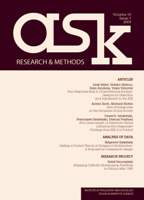
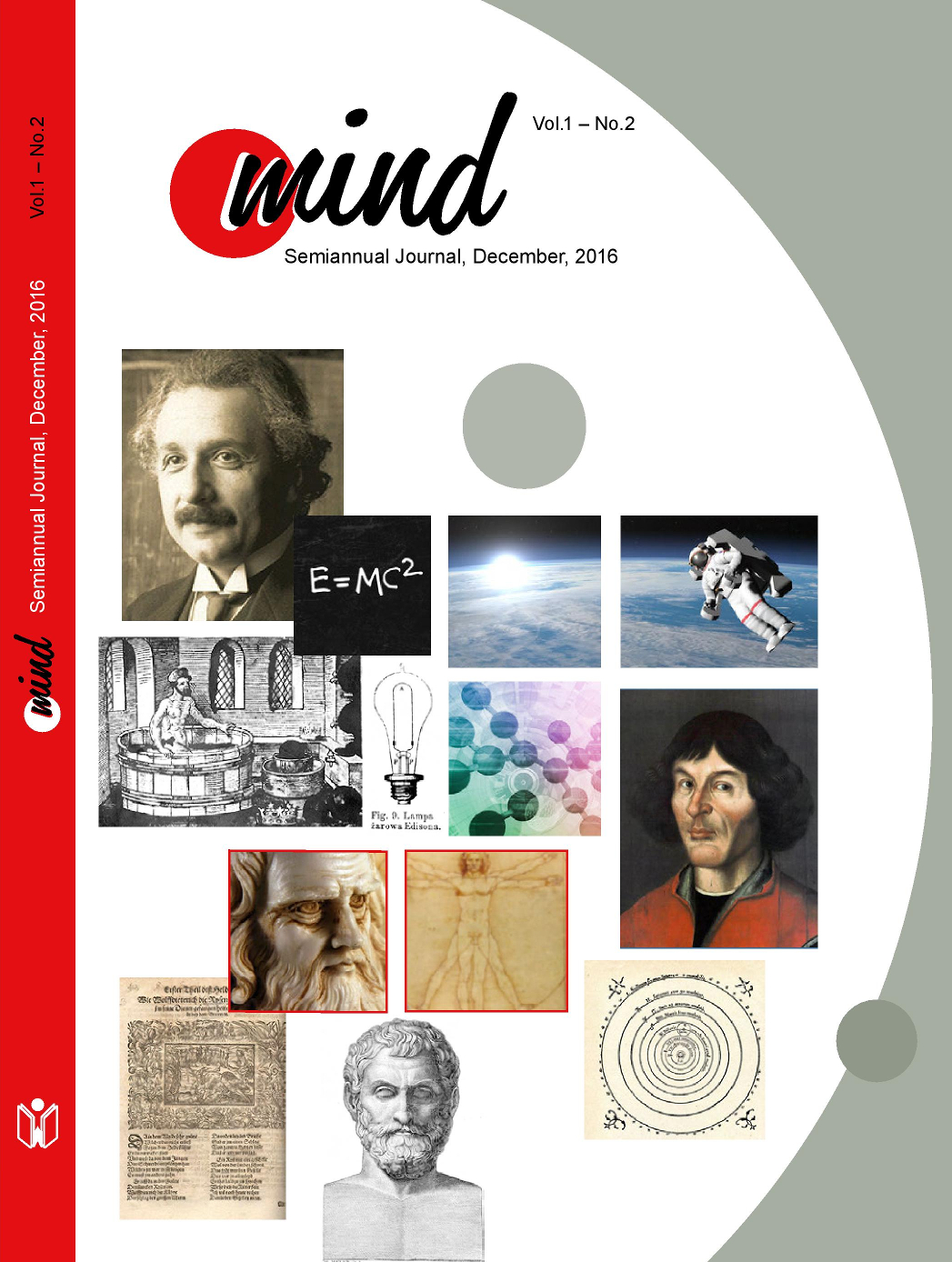
Keywords: planning; urban design; policies; sustainability; rationality; green guidelines; rational planning; interpretation
This paper examines the sustainability concept and its use in planning policies and regulations to guide future urban development and urban design. It provides a brief historical overview starting with the Rio Declaration and the imperative concerning the need for adapting the urban environment for efficient use of renewable resources. The paper includes an outline of planning and its transition from industrialism to the rational planning process. It refers to the well-known BedZED zero emission projects as an example of a comprehensive sustainable housing estate. Finally, the discussion paper “12 Green Guidelines” is used as a basis to compare the sustainable urban design regulations in the Victorian Planning Provisions (VPPs) for Melbourne, Australia. A cursory evaluation of the VPPs has found them to be vague with little detail and directives on how they can achieve sustainable design outcomes. Consistency in decisions is also rained because of the problem concerning discretion and interpretation. The paper concludes with a proposed research agenda for measuring the effectiveness of sustainable design principles in terms of outcomes that can deliver an environmentally efficient urban form.
More...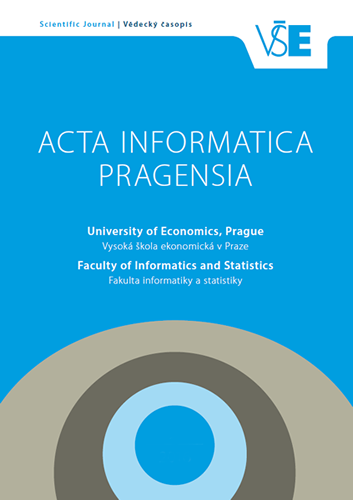
Keywords: Outsourcing; Enterprise Architecture; TOGAF; Application Development; software application architecture
TOGAF is an Enterprise Architecture framework that provides a method for developing Enterprise Architecture called architecture development method (ADM). The purpose of this paper is whether TOGAF ADM can be used for developing software application architecture. Because the software application architecture is one of the disciplines in application development life cycle, it is important to find out how the enterprise architecture development method can support the application architecture development. Having an open standard that can be used in the application architecture development could help in outsourcing of software development. If ADM could be used for software application architecture development, then we could consider its usability in outsourcing of software development.
More...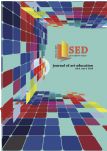
Keywords: Art Education; Museum; Cultural Heritage; Design;
Museums are the institutions where the artifacts which are transferred from past to future are collected, preserved, protected and exhibited; they also give opportunity to learn about these artifacts from functional and artistic views, in addition, to assess them from a social point of view. The museums which construct a culture bridge from past to future with the artifacts in their collections transfer the society’s cultural histories, wealth, and values to future generation and protects them. Similarly, art education contributes to individual’s creative activities by using museums, which are cultural entities, in learning environments. Karatepe is a city which belongs to Hittite civilization and it dates back to around 2700 years. It has an important place in history as it helped to enlighten the mystery of Hittite hieroglyphs which had lasted for 135 years. Karatepe Open-Air Museum which also holds the feature of being the first open-air museum in Turkey became an area of responsibility for art education today with its construct including artifacts which shed light into those periods.In this study, the students are requested to work through Karatepe Open-Air Museum via banner which is one of the graphic design communication tools. How the deep-rooted Hittite civilization affects the students’ creativity which is shaped by current images; how the students of art education department express Karatepe Open-Air Museum in their graphic design as an area of responsibility are investigated by the means of banner design practices and related question texts directed to students.
More...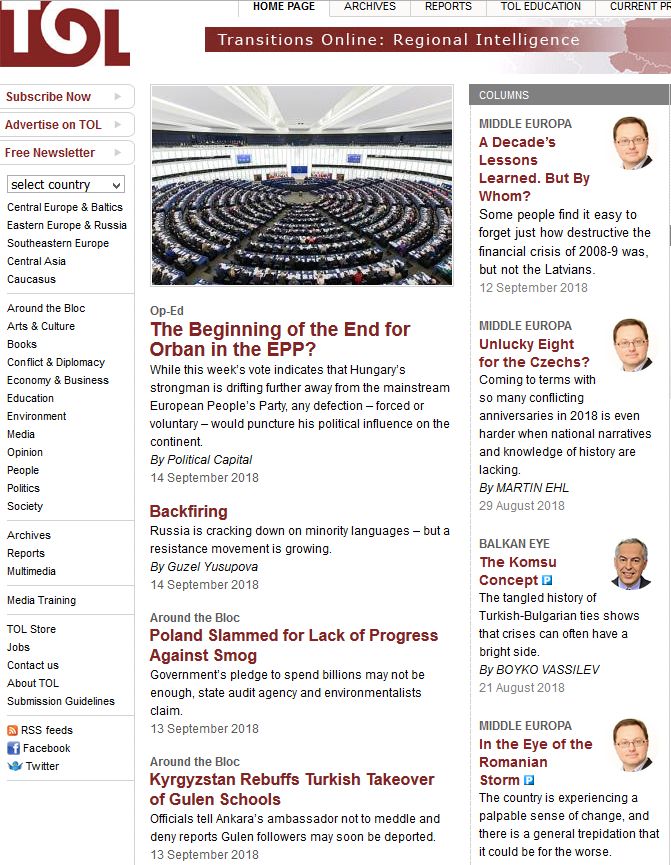
Keywords: Russia; Kalashnikov; electric; car; robot; technology;
Russia’s renowned arms manufacturer takes a bold step into the consumer market.
More...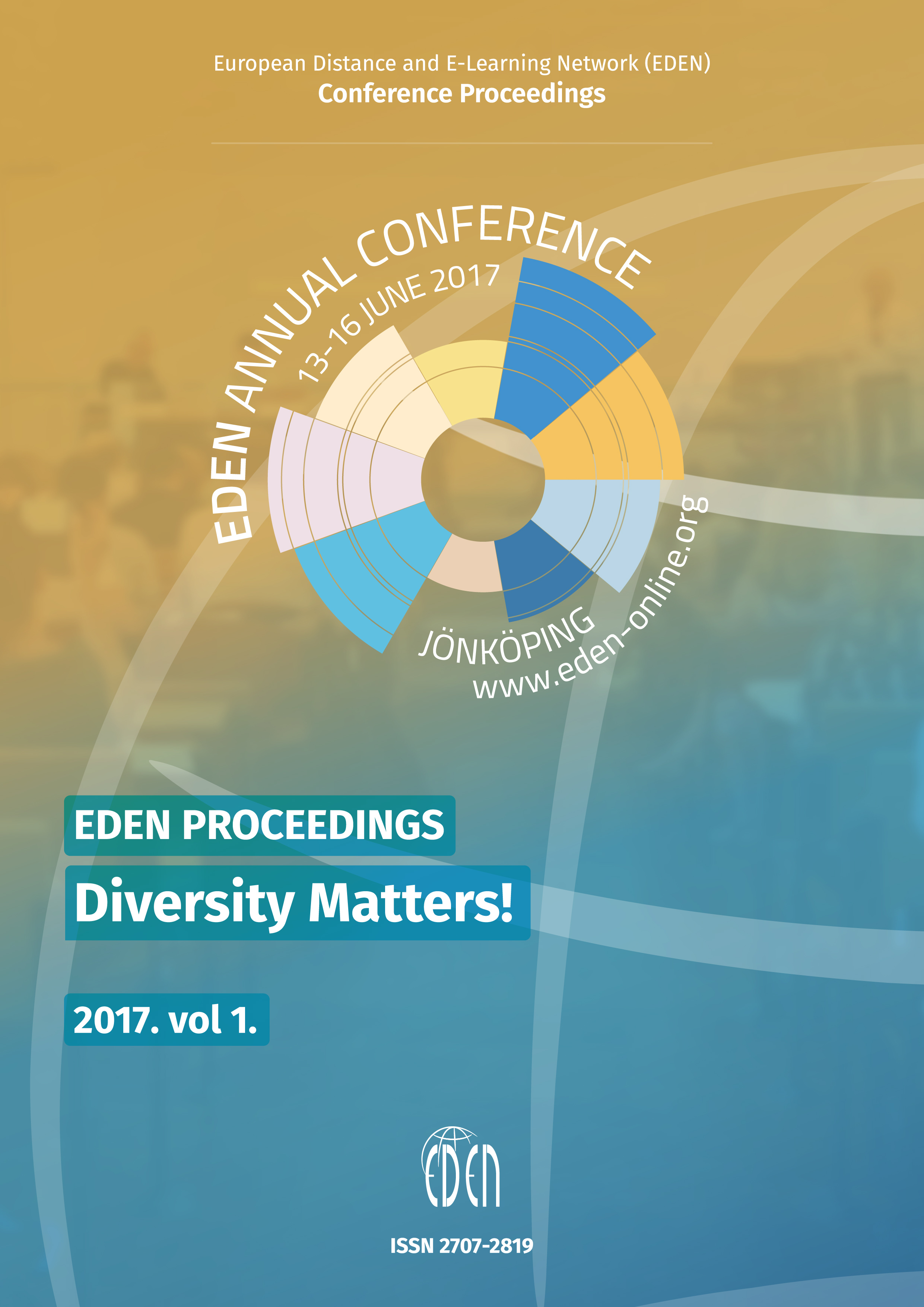
Keywords: Assessment and evaluation; Distance and e-learning methodology; Distance and e-learning theory; Learning analytics; Learning innovation; New ICT and media applications in learning; Tutoring, student s
A key aspect of the learning experience for students is the need to consolidate and absorb what they are learning. To do so, they need space and time in their learning, and additional support to overcome any aspects of their learning that they find particularly challenging. A number of researchers have identified the idea that ‘threshold concepts’ exist across many subject areas which require students to make a transformative, irreversible and integrative step in their learning (Land & Meyer, 2010).This paper concentrates on an example of a first level undergraduate engineering module and the challenges of teaching the key mathematical concepts needed to a diverse audience of engineering students with varying levels of mathematical ability. The paper outlines how the project team went about identifying the threshold concept, planning an adaptive learning approach to supporting students and then talks about the findings from this initial work. We then go on to discuss how we are considering developing the approach for future cohorts of students.
More...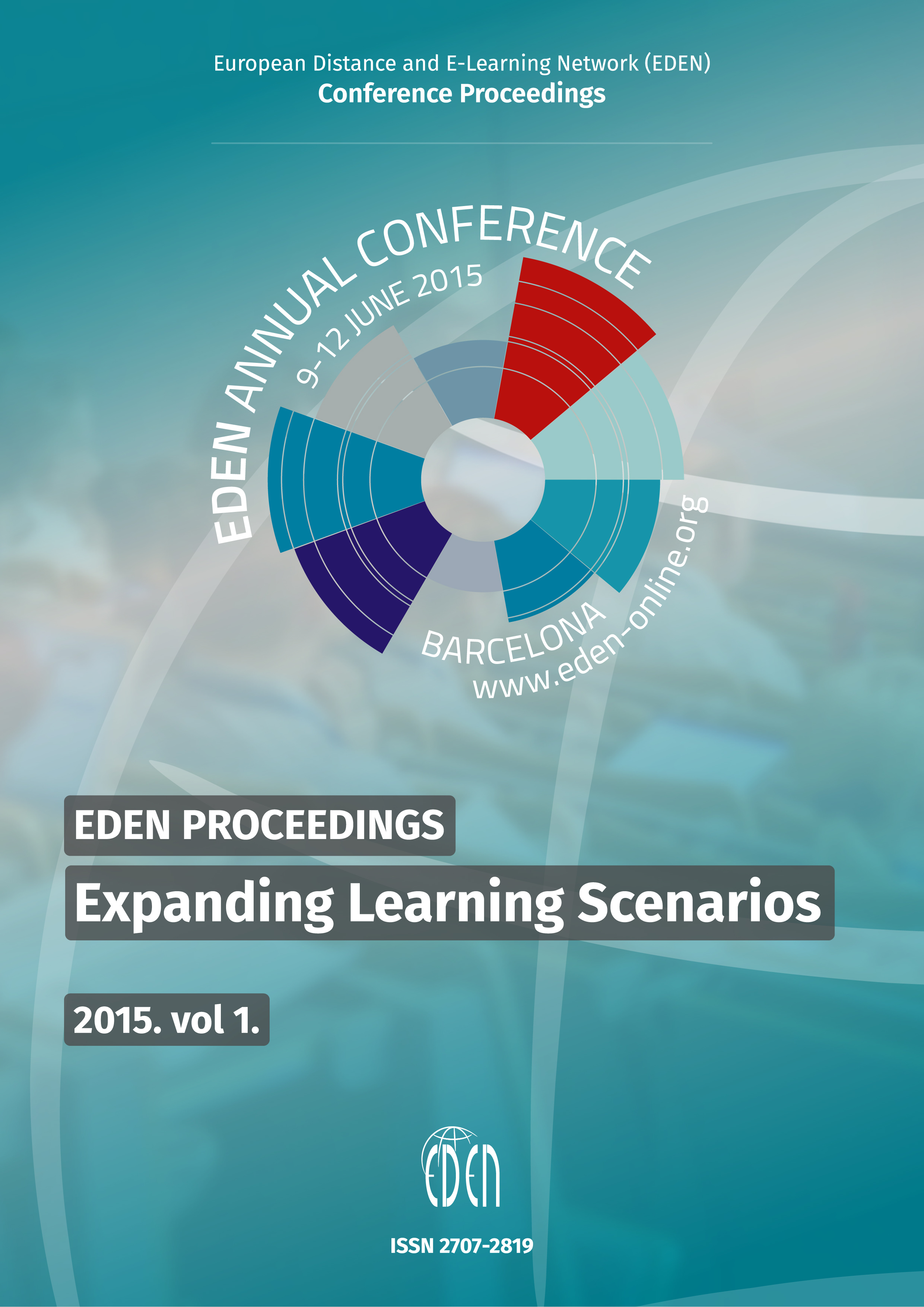
Keywords: interdisciplinary education; online educational model
Today’s world is facing complex and dynamic challenges including climate change, sustainability, energy and public health. These challenges call for collaboration and complex solutions which are often demonstrated in interdisciplinary approaches (Lawson, 2010; NSF, 2006; NIH, 2004). More and more scientists are encouraged to work across disciplines (NSF, 2006).
More...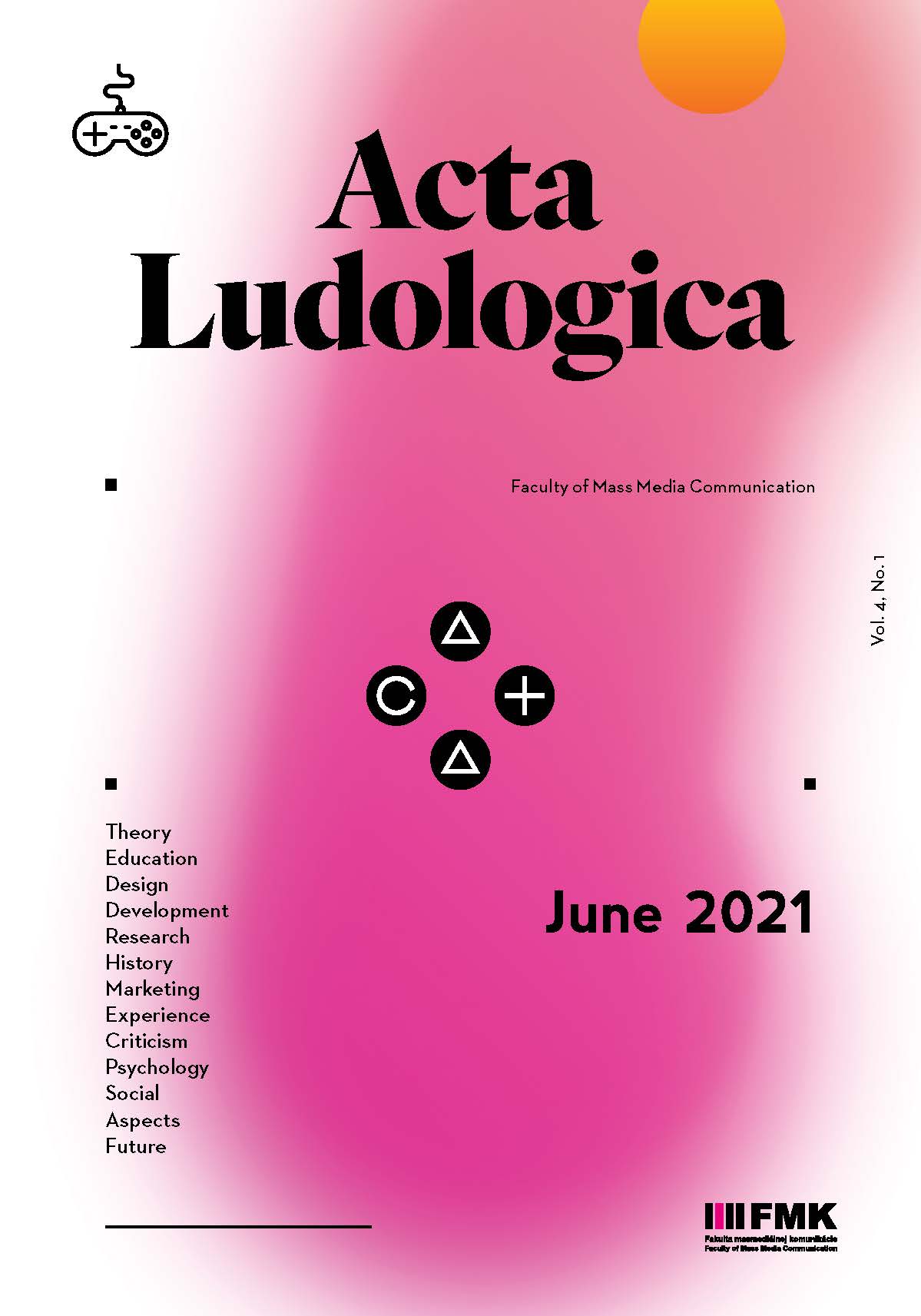
Keywords: concept art; design; digital games; entertainment industry; fantasy; image;
The study defines the role of concept art in the process of creating big visual projects. It intends to fill the gap in the academic field and to describe the process of creating concept art from start to finish, considering its theoretical as well as practical outlines. The theoretical part of the text is based on various concepts and lines of thinking, including analysis and synthesis of the obtained knowledge, as well as comparison of differing scholarly opinions on the discussed topic. Concept art as an art phenomenon of the 21st century is one of the most respected creative activities in the visual entertainment industry. Creating concept art has become one of the best paid work specialisations within the various processes of artistic and media creation. The meaning of concept art lies in the creation of ‘blueprint’ images and designs, based on the given concept’s purpose. Concept art serves a whole team of creative individuals as a reference allowing for the further development of a creative project. It is mainly used in projects based on key visual features such as unique environments, characters, design and fantastic stories. Therefore, each individual part of the given complexity must be ‘brought to life’ by properly trained artists.
More...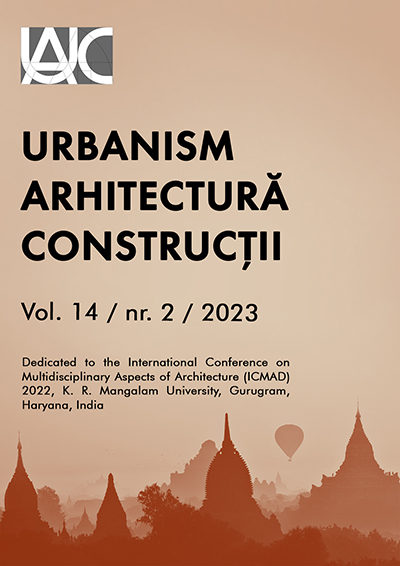
Keywords: cities; urban binaries; multiplicity; amalgamation;
Contemporary cities are urban entities composed of multiple constituents, processes, and connections and operate across binary rhetoric. These very often are comprehended as urbanisms of multiplicity and warrant a different approach to understanding and reading. Plurality in the urban realm is not a new phenomenon. Many principles and urban design approaches in the past centuries adopted an amalgamation of differentials in their discourses to respond to contextual exigencies. This paper investigates such amalgamations through a critical literature review in a bid to lay the foundation of an urban design approach that will be capable of addressing the challenges of seeping multiplicity in the cities of the future.
More...Keywords: modern interior; internal architectural space; principles of interior design; design trends;
The purpose of the study is to identify current and perspective directions in the formation of modern interior design in a rapidly changing trend in a developing society. Research methodology. In the study of current and perspective directions in the formation of modern interiors was applied general scientific research methods, in particular, analysis of literature data, scientific articles, normative documents and design projects on the topic of research and systematization, as well as generalization the results obtained during the study of this topic. The main methodological approach during the study was the analysis of the main principles of formation of a modern interior and identification of current trends and perspective directions of development of modern interior. Scientific novelty. Identifying current directions of artistic and spacious organization of modern interiors, characterizing hybrid styles (combination of styles - modern, classic and ethnic), namely, a minimum of decor and only the most necessary items, emphasis on functionality, Home office (home mini-office) , zoning, not division of premises, introduction of the "smart home" system, use of 3D-panels made of natural materials, adding natural components (living plants) to the interior, popularization of the philosophy of minimalism. Conclusions. Based on the analysis of normative documents, literature sources and design solutions are established, that the current directions in the formation of interior design are focused on the providing of the most comfortable and practical environment. Its elements must provide convenience and comfort for everyday human life in the premises. In doing so, important aspects are such as ecological compatibility of the premises, harmoniousness, functionality and individuality in today's society, rationality is valued, that is a highly functional interior, which often has no extra elements. Modern interior design is characterized by maximum fullness of the interior architectural space with technical devices, special equipment and approach to nature, the inclusion of natural components in the interior. The dominant directions in the design of modern interiors are considered stylistic trends in which the harmonization of the interior architectural environment is happening due to the merging into a single compositional integrity of the objects of filling and decor. At the same time, ideas and trends for interior design are flowing from one year to another, undergoing some changes, now interior design is based on the principles of functionality and restraint with the use of new and hybrid trends.
More...